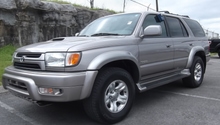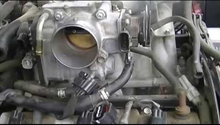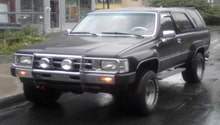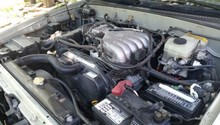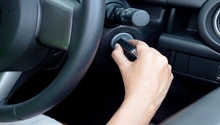Toyota Tacoma 1996-2015: Engine Performance Diagnostic Guide
There are a few components that can go wrong in the Toyota Tacoma that would directly affect its performance. Read on to learn how to diagnose it.
This article applies to the Toyota Tacoma (1996-2015).
The Toyota Tacoma is a truck designed for hard work. Whether it's towing and hauling, or just simply a strong truck that provides when you step on the pedal, it's a strong truck. If you notice a difference in the truck's performance, whether it's hesitation or if it just doesn't accelerate as fast as it used to, it is an indication that one of a few components have gone bad. Luckily, this guide will walk you through the parts you need to check to diagnose such an issue. So if you think your Toyota Tacoma isn't performing at its best, read on to learn how to diagnose it.

Materials Needed
- Socket
- Long screwdriver
- Wrench
Step 1 – Check spark plugs and wires
They could be worn or burnt.
Without spark, your engine won't perform nearly as well as it usually does. In fact, sometimes your truck won't even start if one of your spark plugs has stopped working completely. Check your spark plug wires for any signs of wears or cracks; if they are worn, replace them as a set. Then remove each spark plug and check their tip; if one of them looks burnt, replace them also as a set.
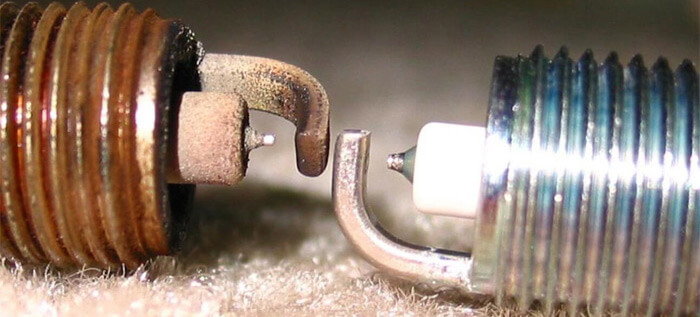
If the spark plugs and their wires are in a good condition, proceed to Step 2.
Step 2 – Check your fuel injectors
They could be dirty or faulty.
The fuel injectors spray fuel into your engine, so if they are dirty or clogged, they won't spray as much as you want them to spray; therefore, the truck will hesitate, and often times feel sluggish. Remove each fuel injector and check their tips for any dirt or grime. Make sure they are thoroughly clean before putting them back in. To check if they are working properly, start the truck, then put the tip of the long screwdriver on each fuel injector and put your ear on the butt of it. If you hear a buzzing noise, that means the injector is working properly, but if you don't hear any noise, it means you need a new injector.
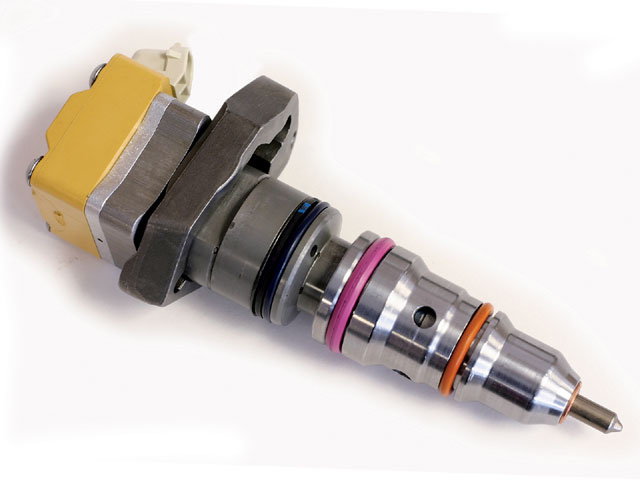
If the fuel injectors are clean and working properly, proceed to Step 3.
Step 3 – Check fuel filter
It could be clogged.
The fuel filter is your gate between the fuel tank and the engine. The fuel pump pumps the fuel from the tank and through the filter. The filter then filters the gas on its way to the engine. The more clogged the filter gets, the less gas gets to the engine, which reduces its performance. To make sure the gas isn't restricted, disconnect the battery and locate the fuel filter under the driver's door, along the frame. Use your socket to remove the two bolts holding it in place, then remove the two fuel lines using a wrench. Clean the tip of the filter well, then blow in it. If it feels restricted, replace it. It wouldn't harm to replace it anyways since it's removed, it's a good and cheap piece of maintenance.
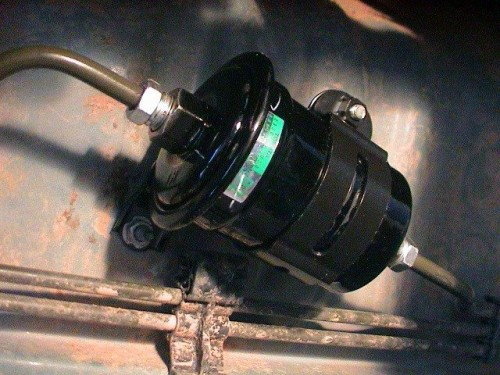
Related Discussions
- Engine Stalling - YotaTech.com
- Stalls When in Gear - YotaTech.com
- Engine Noise - YotaTech.com

